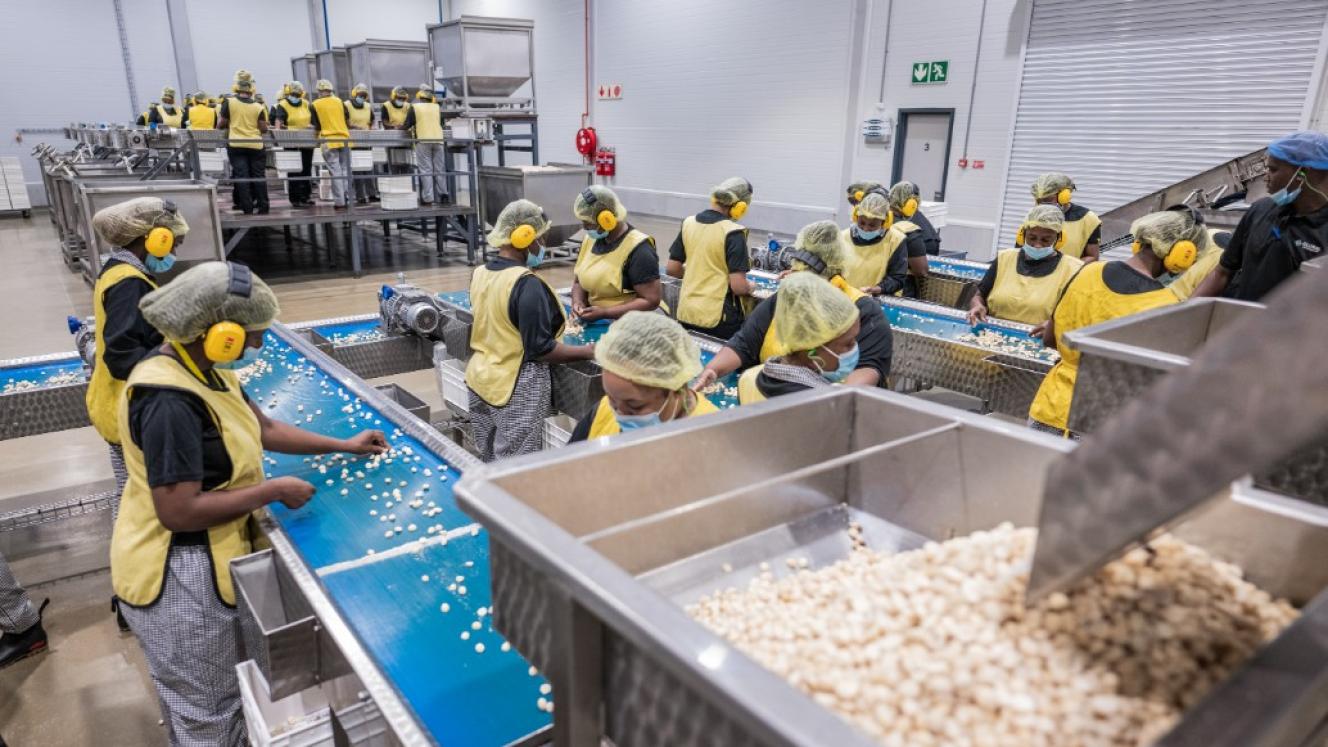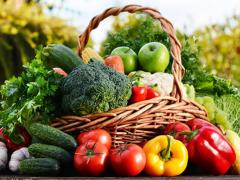South Africa’s macadamia growers face a growing threat that China – the country’s biggest importer of in-shell nuts – is expanding production and could emerge as a global competitor.
This is according to Shane Hartman, CEO of Global Macadamias, a processor and marketer of macadamia nuts, who on Thursday highlighted three major trends that would influence the stability and long-term viability of the local industry. These include low in-shell prices, a widening price gap between styles, and the vital role of grower-processor partnerships.
Harman said the challenges of 2025 had reminded the industry that success depended on collaboration.
“Growers and processors alike must make informed, strategic decisions if we want to secure a sustainable future for South Africa’s macadamias,” he said.
The year began with a promising outlook for the market but shifted following the introduction of import tariffs on South African products into the United States as part of President Donald Trump’s trade measures.
He said despite this disruption, Global Macadamias had honoured its price commitments and accelerated payments to growers to boost cash flows in an industry still recovering from post-pandemic lows.
Hartman said market dynamics in the in-shell segment were becoming increasingly challenging and required strategic management and careful planning. Dependence on in-shell exports to China is the single biggest threat to the industry’s long-term stability.
This comes after Chinese delegations, speaking at a recent MacDay event, said the country was becoming increasingly reliant on its own local macadamia production and not on imports from South Africa.
Hartman said whether or not this was simply a negotiation tactic, the message was clear: China was unlikely to increase prices paid for in-shell macadamias.
“China is aware that South Africa has many exporters that don’t have sufficient cracking facilities, making certain segments of the industry dependent on in-shell exports. This, coupled with increases in their home-grown volumes, will provide China with the upper hand in negotiating prices, thereby keeping in-shell prices low,” Hartman said.
“Since China has invested heavily in cracking capacity, allowing it to process its own nuts and those bought from South Africa, it could in future directly compete with us in the kernel market. That could place downward pressure on prices for kernel exports globally.”
He said for an industry long reliant on China’s in-shell demand, this was a wake-up call. To remain viable, South Africa must continue investing in domestic cracking facilities to keep prices stable and sustainable.
While in-shell exports have slowed, demand for kernel has remained strong. The team at Global Macadamias successfully redirected product into new and existing kernel markets when the US tariffs came into effect.
However, another defining trend has been the increasing price gap between kernel styles.
Historically, price gaps were evident between in-shell and kernel, with differences in price between whole nuts, halves and pieces moderate. This year, however, the disparity in the kernel segment has widened and it is expected to continue doing so.
“This year, more than ever, growers have felt the effect of their chosen varieties. This effect is expected to compound, since Beaumonts, traditionally exported as in-shell, tend to produce halves when cracked. With the in-shell market waning, we can expect growing volumes of halves in the kernel offering,” Hartman said.
He said the versatility of halves was its strength.
“It is ideal for snacks, confectionery, cereals, and even cooking applications. Global Macadamias is investing in targeted marketing campaigns to highlight halves’ versatility and appeal.”
Demand for whole nuts, particularly styles 0 and 1, remains robust and is forecast to rise further. As a result, prices are increasing at a faster rate than halves or pieces.
Hartman added that while growers could not control market prices, two key factors remained within their influence: variety selection and cracking processes.
“The variety determines whether a nut is likely to remain whole when cracked. But the way in which the nut is handled by a processor, and the technology used to crack the nuts, also has a substantial impact on achieving wholes.”
He said perhaps the most critical insight of 2025 was the value of strong partnerships between growers and processors.
“Even the best crop can lose value if the processor lacks the right equipment or does not pay attention to detail,” said Hartman.
“Our focus is on precision and efficiency. This means regular maintenance and easy let downs to ensure nuts don’t fall from long distances when being transported through the factory. Lessening the pinball effect is crucial, as every bump reduces the likelihood of a nut remaining whole when it is cracked.”
Hartman said the year had been one of learning and adaptation.
“We have seen first-hand how growers’ variety choices, processing efficiency and market agility all interact to determine success.
“These three trends are shaping the next chapter for macadamias. The decisions we make now, both on farm and in the factory, will define the industry’s stability and long-term viability.”













